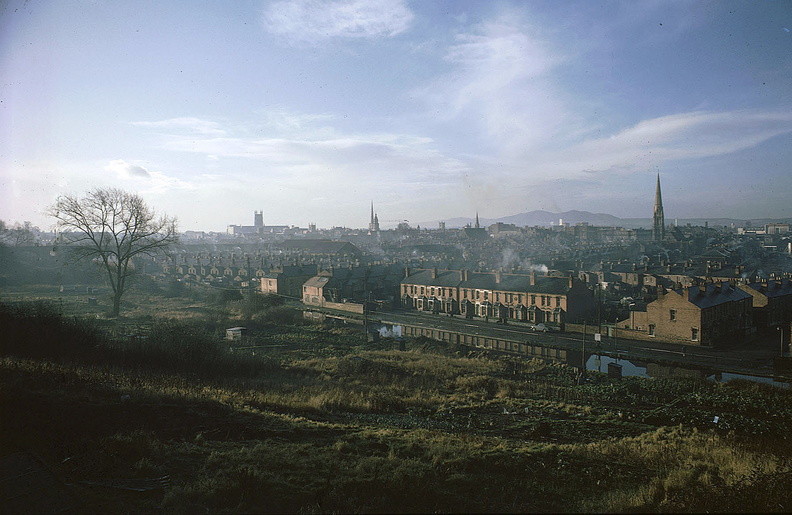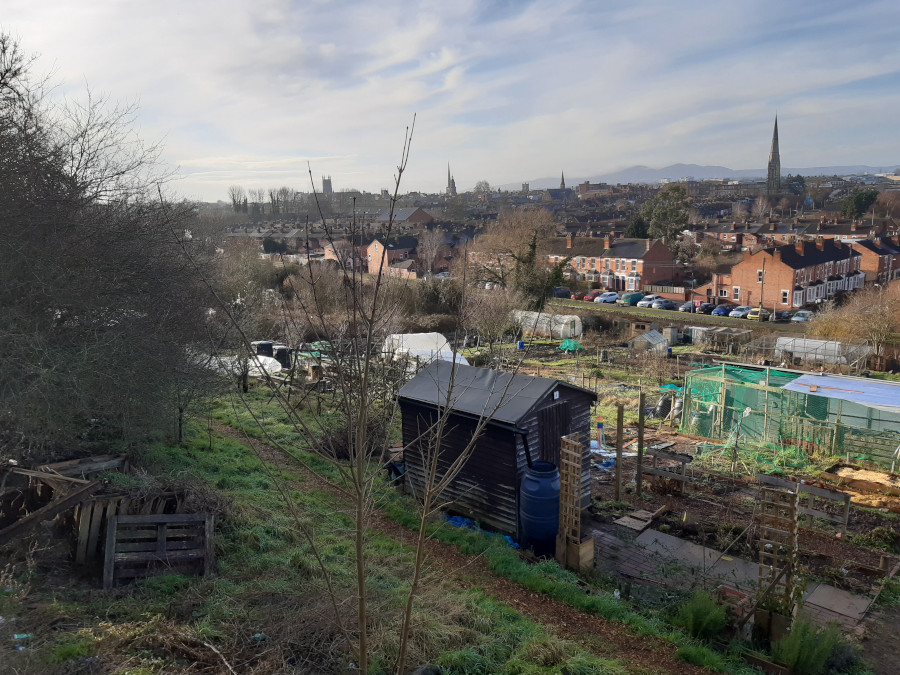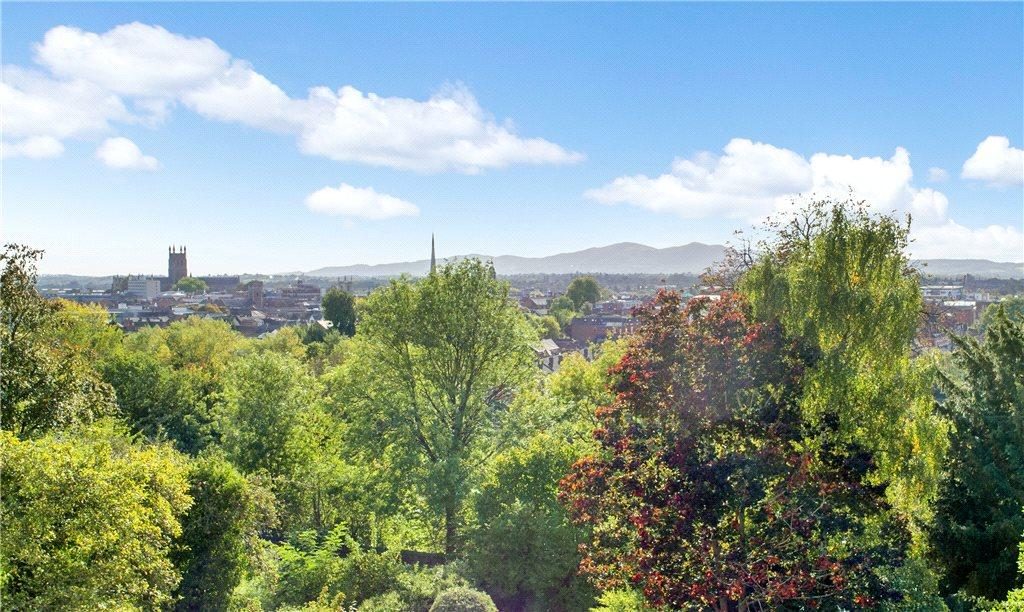Over the last 50 years the Worcester and Birmingham canal has been witness to a blossoming of wildlife; both human and more-than-human wildlife…

(Changing Face of Worcester https://www.cfow.org.uk/picture.php?/3300)

In the 50 years since the first picture was taken, the single tree to the left of the top picture has been joined by a host of wild cherry, ash, horse chestnut, hazel, sweet chestnut, hawthorn, elder, field maple, sycamore, willow, and more to create a sliver of city side wilderness now known as Bramblewood. The allotments either side have thrived too, sprouting a wonderful array of sheds and fruit trees, to create a patchwork of lovingly tended plots of earth, peopled by some of the most friendly and hard working Worcestertiums* you can meet.
(I can’t find a good word for ‘people who live in Worcester’ but this sounds nice, if you read it like ‘nasturtiums’.)
See more about the canal on our biodiversity pages.
